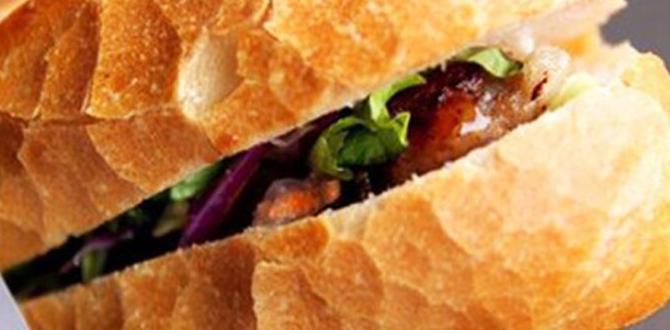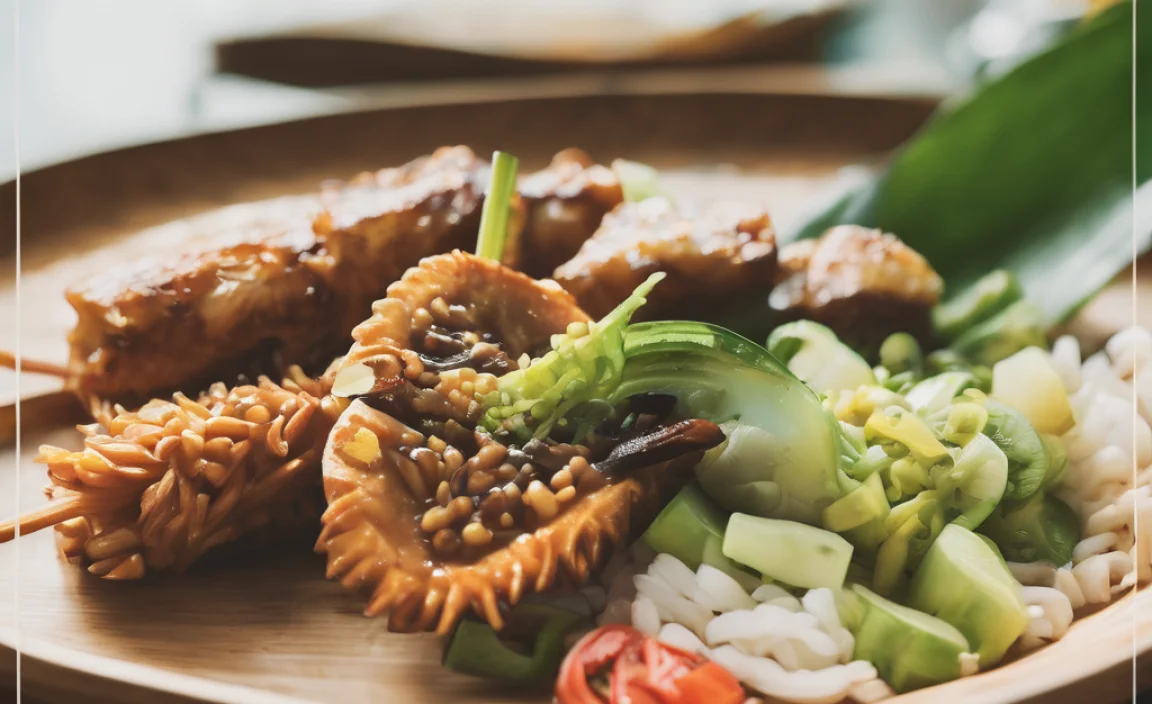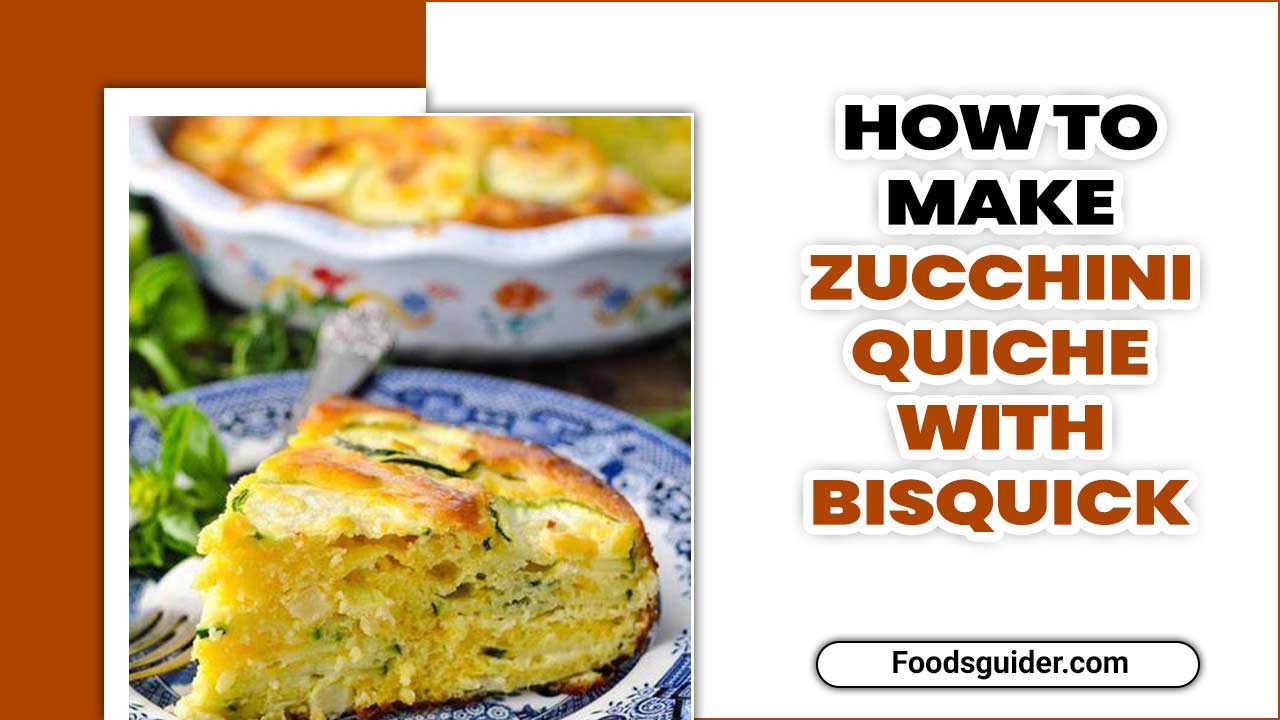Embark on a flavorful journey! This guide covers everything you need to know to choose and make the most of a Thai cooking school in Bangkok, from selecting the right class to mastering authentic dishes and enhancing your culinary skills.
Dreaming of whipping up pad thai that tastes just like you’re on a street corner in Bangkok? Or maybe you want to surprise your friends with a homemade green curry that has that perfect spicy kick? Learning authentic Thai cooking can feel a bit intimidating, especially with all those unique ingredients and techniques. But don’t worry! It’s totally achievable, and a cooking school in Bangkok is the absolute best place to start.
Imagine this: you’re in the heart of Thailand, surrounded by vibrant markets and the incredible aromas of Thai cuisine. You’re learning directly from experienced chefs, chopping fresh lemongrass, and stirring fragrant curries. This guide is your friendly companion to finding the perfect Thai cooking school in Bangkok. We’ll walk you through what to expect, how to pick a class that fits you, and even share a few tips to make your experience unforgettable. Get ready to unlock the secrets of Thai flavors!
Why Learn Thai Cooking in Bangkok?
Bangkok is the undisputed culinary capital of Thailand, and there’s no better classroom than the city where these iconic dishes were born. Here’s why diving into a Thai cooking school in Bangkok is an experience like no other:
- Authenticity at Its Finest: You’ll learn traditional recipes passed down through generations, using authentic ingredients and techniques. Forget watered-down versions; this is the real deal!
- Immersion in Culture: Cooking is a window into a culture. A school in Bangkok offers an immersive experience, often including market tours and insights into Thai food traditions.
- Access to Fresh Ingredients: Experience vibrant local markets firsthand. You’ll learn about exotic fruits, vegetables, and spices you might not find elsewhere, and how to select the freshest produce.
- Expert Guidance: Learn from skilled Thai chefs who have a deep understanding of flavor balance, heat levels, and presentation. They can offer personalized feedback to help you improve.
- Unforgettable Experience: It’s more than just cooking; it’s an adventure! You’ll create lasting memories, gain a new skill, and bring a piece of Thailand back to your own kitchen.
What to Expect from Your Thai Cooking School Experience
Most Thai cooking schools in Bangkok offer structured programs designed for beginners. Here’s a general outline of what your day might look like:
1. Market Visit (Often Included!)
Many schools start the day with a trip to a local fresh market. This is a fantastic opportunity to:
- See and smell a dazzling array of local produce, herbs, and spices.
- Learn how to identify key Thai ingredients like galangal, kaffir lime leaves, and Thai basil.
- Understand the importance of freshness in Thai cooking.
- Get a glimpse into local life and the vibrant atmosphere of a Thai market.
2. Introduction to Thai Cuisine & Ingredients
Back at the school, your instructor will likely give you an overview of Thai cuisine. You’ll learn about:
- The five main flavors of Thai food: spicy, sour, sweet, salty, and sometimes bitter.
- The role of different pastes and sauces.
- How to balance these flavors in your dishes.
- Key pantry staples that form the foundation of many Thai recipes.
3. Hands-On Cooking Sessions
This is the heart of the experience! You’ll typically be guided step-by-step through preparing several classic Thai dishes. Expect to learn how to make:
- Curries: Like Green Curry, Red Curry, or Massaman Curry. You’ll learn to pound your own curry paste from scratch!
- Stir-fries: Such as Pad Thai, Pad Krapow (Basil Stir-fry), or various vegetable stir-fries.
- Soups: Including the famous Tom Yum Goong (Spicy Shrimp Soup) and Tom Kha Gai (Chicken Coconut Soup).
- Salads: A refreshing Som Tum (Papaya Salad) is often on the menu.
- Desserts: Mango Sticky Rice is a popular and delicious finale!
You’ll often work in small groups, with each person or pair responsible for preparing certain dishes. Your instructor will demonstrate techniques and offer constant support.
4. Enjoying Your Creations!
The best part? You get to eat everything you cook! Most schools offer a communal meal where you can savor the fruits of your labor, often with other students and instructors.
5. Recipe Cards & Takeaways
You’ll usually receive recipe cards for the dishes you’ve learned, so you can recreate them at home. Some schools might also offer small parting gifts.
Choosing the Right Thai Cooking School in Bangkok
With so many options available, how do you pick the one that’s perfect for you? Consider these factors:
1. What Do You Want to Learn?
- General Thai Cuisine: Most schools offer a day-long class covering a variety of popular dishes.
- Specialized Courses: Some schools offer half-day classes focusing on specific categories like curries, vegetarian Thai food, or street food favorites.
- Private Lessons: If you have specific dishes in mind or prefer one-on-one attention, private lessons are an option, though usually more expensive.
2. School Reputation and Reviews
Do your research! Look for schools with consistently high ratings and positive reviews on platforms like TripAdvisor, Google, and travel blogs. Pay attention to comments about:
- The skill and friendliness of the instructors.
- The quality and freshness of ingredients.
- The overall organization and cleanliness of the school.
- The variety of dishes taught.
- Whether a market tour is included.
3. Class Size and Duration
Class Size: Smaller classes (under 10 people) usually mean more personalized attention from the instructor. Larger classes can be fun and social but might offer less individual help.
Duration:
- Half-day (3-4 hours): Typically covers 3-4 dishes. Great for a quick taste or if you have limited time.
- Full-day (6-8 hours): Often includes a market visit and allows for more dishes (4-6), a deeper dive into techniques, and a more relaxed pace.
4. Location and Accessibility
Consider where the school is located. Is it easy to get to from your accommodation via BTS Skytrain, MRT, taxi, or even by boat? Some schools may offer pick-up services from your hotel, which can be very convenient.
5. Price and What’s Included
Prices can vary significantly. Always check what’s included: ingredients, recipes, meals, market tour, refreshments, and any potential transportation.
A great resource for comparing schools and reading reviews is the Tourism Authority of Thailand (TAT) official website, which often lists accredited cooking schools and provides valuable travel information.
Popular Thai Dishes You’ll Likely Learn
Get ready to tantalize your taste buds! Here are some of the iconic Thai dishes you’re highly likely to encounter in a Bangkok cooking class:
| Dish Name | Description | Key Ingredients | Flavor Profile |
|---|---|---|---|
| Pad Thai | Thailand’s famous stir-fried noodle dish. | Rice noodles, shrimp/chicken/tofu, eggs, bean sprouts, peanuts, tamarind paste. | Sweet, Sour, Salty |
| Green Curry (Gaeng Keow Wan) | A rich, creamy, and spicy curry made with coconut milk. | Green curry paste, coconut milk, chicken/beef/tofu, Thai basil, bamboo shoots, Thai eggplant. | Spicy, Creamy, Aromatic |
| Red Curry (Gaeng Phet) | A classic, slightly milder curry than green, with a beautiful red hue. | Red curry paste, coconut milk, chicken/pork/tofu, bamboo shoots, kaffir lime leaves. | Spicy, Savory, Slightly Sweet |
| Tom Yum Goong | A hot and sour soup, often considered Thailand’s national soup. | Shrimp, lemongrass, galangal, kaffir lime leaves, chili, lime juice, fish sauce. | Spicy, Sour, Fragrant |
| Tom Kha Gai | A milder, creamy soup with chicken and coconut milk. | Chicken, coconut milk, galangal, lemongrass, lime juice, fish sauce, mushrooms. | Coconutty, Sour, Slightly Sweet |
| Som Tum (Green Papaya Salad) | A refreshing and spicy salad with a pounded dressing. | Green papaya, tomatoes, long beans, peanuts, chili, lime juice, fish sauce, palm sugar. | Spicy, Sour, Salty, Sweet |
| Mango Sticky Rice (Khao Niao Mamuang) | A beloved sweet dessert. | Sweet sticky rice, fresh mangoes, coconut milk, sugar, salt. | Sweet, Creamy, Fruity |
| Pad Krapow (Basil Stir-fry) | A quick and flavorful stir-fry often served over rice with a fried egg. | Minced meat (pork/chicken), holy basil, chili, garlic, fish sauce, soy sauce. | Savory, Spicy, Aromatic |
Tips for Maximizing Your Cooking School Experience
Want to get the most out of your time in a Bangkok kitchen? Here are some handy tips:
- Arrive on Time: Especially if there’s a market tour, punctuality is key.
- Ask Questions: Don’t be shy! Your instructors are there to help you understand the ‘why’ behind each step.
- Taste Everything: This is an educational experience. Taste your ingredients, taste as you cook, and taste the final dish critically.
- Embrace the Heat: Thai food can be spicy! Be honest about your spice tolerance, but also be willing to try a little extra heat to experience authentic flavors. You can often adjust it.
- Proper Ingredient Storage: Learn how to properly store fresh herbs and spices once you get them home. Many Asian grocery stores offer mail order services for hard-to-find ingredients.
- Take Notes (or Photos!): Even with recipe cards, jotting down personal tips or snapping photos of key steps can help you remember.
- Wear Comfortable Clothes: You’ll be standing, chopping, and stirring.
- Be Open to New Flavors: Thai cuisine uses ingredients and flavor combinations that might be new to you. Be adventurous!
- Practice at Home: The best way to solidify what you’ve learned is to cook what you’ve learned as soon as possible after returning home.
Beyond the Basics: Where to Find Ingredients Back Home
After your class, you’ll be eager to recreate those amazing dishes. The biggest challenge can be finding authentic Thai ingredients outside of Thailand. Here’s where to look:
- Asian Grocery Stores: These are your best bet for finding a wide variety of Thai ingredients, from curry pastes and sauces to fresh herbs and unique vegetables. Look for stores specializing in Southeast Asian goods.
- Online Retailers: Many online stores specialize in international foods and can ship Thai ingredients directly to your door. This is especially useful for items that are hard to find locally. Websites like Import Foods often have a great selection.
- Farmers Markets: Occasionally, farmers markets will have vendors selling fresh herbs like lemongrass or Thai basil, especially if you live in a diverse urban area.
- Specialty Spice Shops: Some high-end spice shops might carry individual Thai spices and dried chilies.
Don’t be discouraged if you can’t find an exact ingredient. Your cooking school instructor likely mentioned common substitutions, or you can ask a local Asian grocer for advice. The spirit of the dish is key!
A Sample Curriculum: What to Expect in a Full-Day Class
To give you a clearer idea, here’s a possible schedule and menu for a typical full-day Thai cooking class in Bangkok:
8:30 AM – 9:00 AM: Hotel pick-up or meet at the school.
9:00 AM – 10:00 AM: Visit a local fresh market. Learn about ingredients, selection, and local produce.
10:00 AM – 10:30 AM: Return to school, welcome drinks, overview of Thai cuisine and cooking philosophy.
10:30 AM – 12:00 PM: First cooking session. Focus on making curry paste from scratch and cooking one type of curry (e.g., Green Curry).
12:00 PM – 1:30 PM: Second cooking session. Prepare a popular stir-fry (e.g., Pad Thai) and a soup (e.g., Tom Yum Goong).
1:30 PM – 2:30 PM: Enjoy your delicious self-cooked meal!
2:30 PM – 3:30 PM: Third cooking session. Learn to make a Thai salad (e.g., Som Tum) or another savory dish.
3:30 PM – 4:00 PM: Final session: Dessert! Prepare Mango Sticky Rice.
4:00 PM: Receive recipe cards, say goodbye, and head back to your hotel.
This is just an example, and menus vary by school and day. Some schools might offer vegetarian or vegan options, so inquire when booking.
Top Thai Cooking Schools in Bangkok (Considerations)
While I can’t give specific endorsements, here are some highly-regarded schools known for their quality and authenticity. It’s always best to check their latest reviews and offerings:
- Blue Elephant Cooking School: Often praised for its luxurious setting and high-level instruction.
- Sompong Thai Cooking School: Frequently recommended for its hands-on approach and friendly atmosphere, often including a market tour.
- Baipai Thai Cooking School: Known for its beautiful location and comprehensive curriculum.
- May Kaidee’s Vegetarian Thai Cooking School: If you’re looking for exceptional vegetarian and vegan Thai cooking specifically.
- Ditawan Thai Cooking Class: A well-regarded option often noted for its personalized attention.
Remember to visit the official websites of these schools to see their current class schedules, prices, and book your spot. The Tourism Authority of Thailand (TAT) website is also a great resource for finding reputable culinary experiences.
FAQ: Your Beginner Questions Answered
Q1: How much does a Thai cooking class in Bangkok typically cost?
A1: Prices vary, but you can expect to pay anywhere from 1,000 THB to 3,000+ THB (approximately $30-$90 USD) for a half-day or full-day class, depending on the school, what’s included (like a market tour), and its reputation.
Q2: Do I need any prior cooking experience to join a class?
A2: No, absolutely not! Most classes are designed for beginners with no prior experience. The instructors will guide you through every step.
Q3: What should I wear to a cooking class?
A3: Wear comfortable, casual clothing and closed-toe shoes. You’ll be standing and moving around, so comfort is key. Avoid loose clothing that could get caught.
Q4: What if I don’t eat meat or have allergies?
A4: Many schools are very accommodating. It’s essential to inform them of any dietary restrictions (vegetarian, vegan, allergies like nuts or seafood) when you book your class. They can usually adjust the menu or offer alternatives.
Q5: Will I really be able to cook Thai food at home after taking a class?
A5: Yes! With the recipes provided and the practical skills you’ll learn, you’ll be well-equipped to recreate many dishes. The key is to find the ingredients and practice what you’ve learned.





